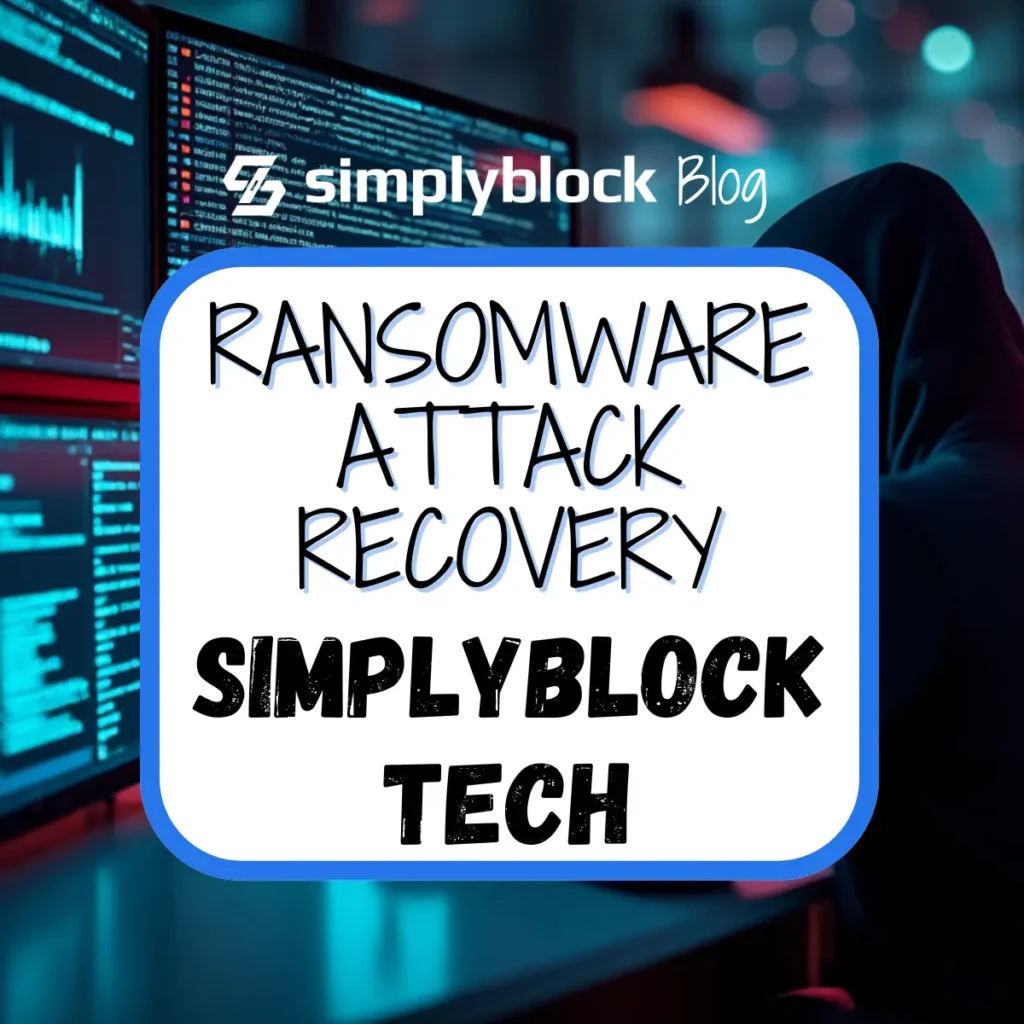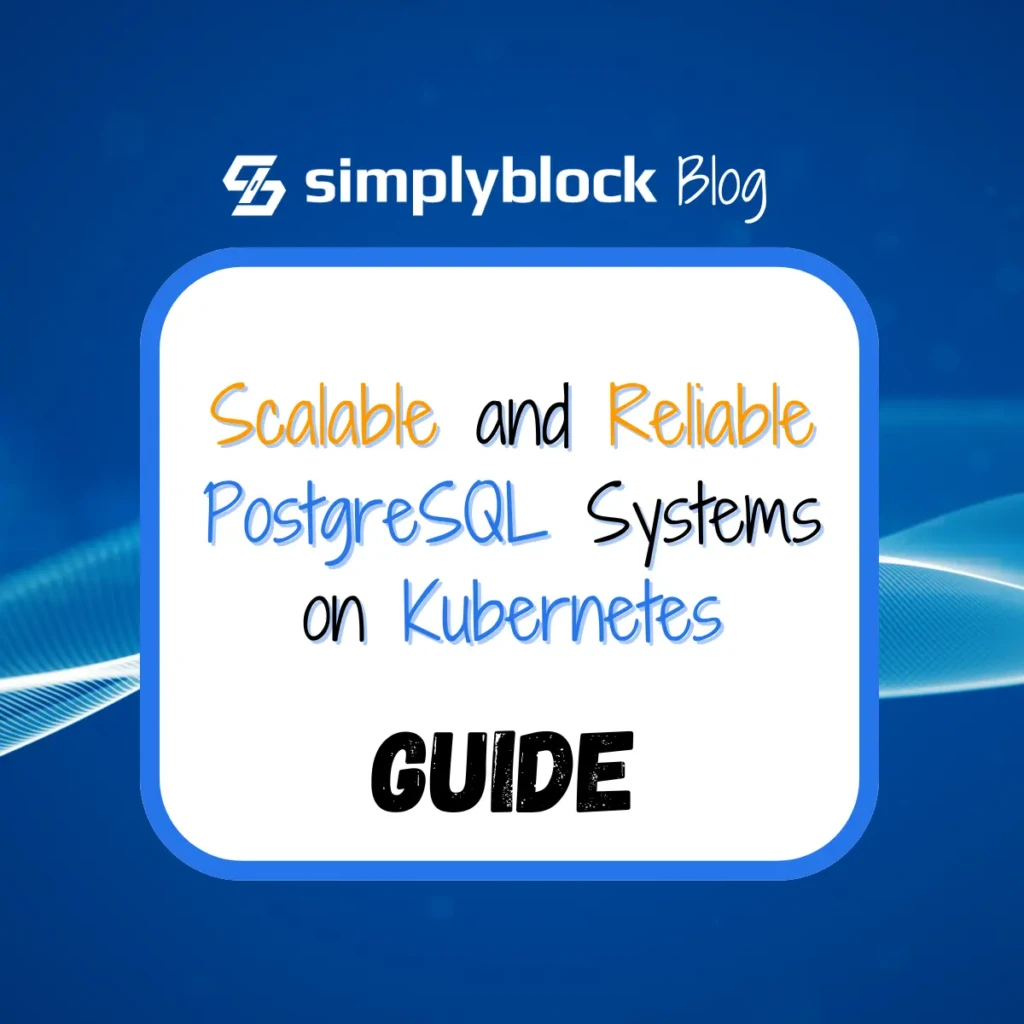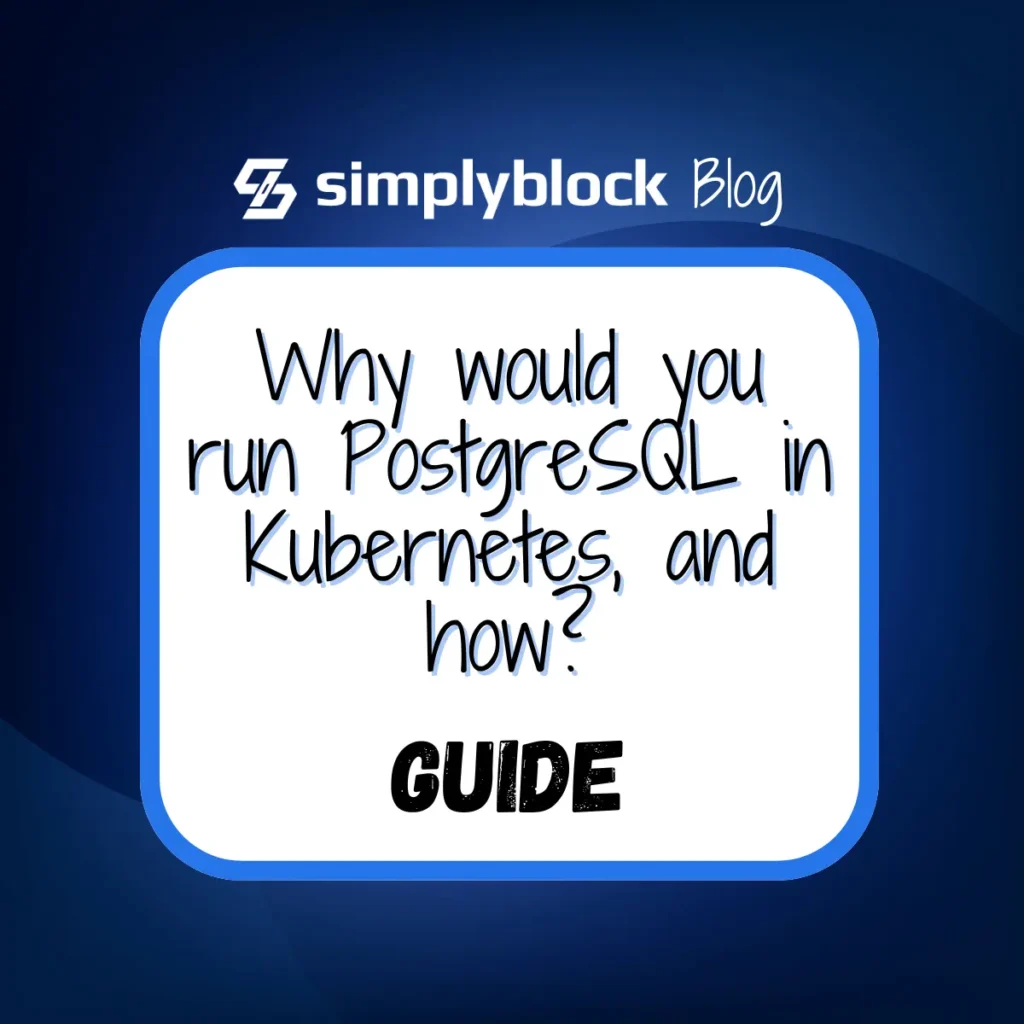
In 2023, the number of victims of Ransomware attacks more than doubled, with 2024 off to an even stronger start. A Ransomware attack encrypts your local data. Additionally, the attackers demand a ransom be paid. Therefore, data is copied to remote locations to increase pressure on companies to pay the ransom. This increases the risk of the data being leaked to the internet even if the ransom is paid. Strong Ransomware protection and mitigation are now more important than ever.
Simplyblock provides sophisticated block storage-level Ransomware protection and mitigation. Together with recovery options, simplyblock enables Point-in-Time Recovery (PITR) for any service or solution storing data.
What is Ransomware?
Ransomware is a type of malicious software (also known as malware) designed to block access to a computer system and/or encrypt data until a ransom is paid to the attacker. Cybercriminals typically carry out this type of attack by demanding payment, often in cryptocurrency, in exchange for providing a decryption key to restore access to the data or system.
Statistics show a significant rise in ransomware cyber attacks: ransomware cases more than doubled in 2023, and the amount of ransom paid reached more than a billion dollars—and these are only official numbers. Many organizations prefer not to report breaches and payments, as those are illegal in many jurisdictions.

The Danger of Ransomware Increases
The number and sophistication of attack tools have also increased significantly. They are becoming increasingly commoditized and easy to use, drastically reducing the skills cyber criminals require to deploy them.
There are many best practices and tools to protect against successful attacks. However, little can be done once an account, particularly a privileged one, has been compromised. Even if the breach is detected, it is most often too late. Attackers may only need minutes to encrypt important data.
Storage, particularly backups, serves as a last line of defense. After a successful attack, they provide a means to recover. However, there are certain downsides to using backups to recover from a successful attack:
- The latest backup does not contain all of the data: Data written between the last backup and the time the attack is unrecoverably lost. Even the loss of one hour of data written to a database can be critical for many enterprises.
- Backups are not consistent with each other: The backup of one database may not fit the backup of another database or a file repository, so the systems will not be able to integrate correctly after restoration.
- The latest backups may already contain encrypted data. It may be necessary to go back in time to find an older backup that is still “clean.” This backup, if available at all, may be linked to substantial data loss.
- Backups must be protected from writes and delete operations; otherwise, they can be destroyed or damaged by attackers. Attackers may also damage the backup inventory management system, making it hard or impossible to locate specific backups.
- Human error in Backup Management may lead to missing backups.
Simplyblock for Ransomware Protection and Mitigation
Simplyblock provides a smart solution to recover data after a ransomware attack, complementing classical backups.
In addition to writing data to hot-tier storage, simplyblock creates an asynchronously replicated write-ahead log (WAL) of all data written. This log is optimized for high throughput to secondary (low IOPS) storage, such as Amazon S3 or HDD pools, like AWS’ EBS st2 service. If this secondary storage supports write and deletion protection for pre-defined retention periods, as with S3, it is possible to “rewind” the storage to the point immediately before the attack. This performs a data recovery with near-zero RPO (Recovery Point Objective).
A recovery mechanism like this is particularly useful in combination with databases. Before the attack can start, database systems typically have to be stopped. This is necessary as all data and WAL files are in use by the database. This allows for automatically identifying a consistent recovery point with no data loss.

In the future, simplyblock plans to enhance this functionality further. A multi-stage attack detection mechanism will be integrated into the storage. Additionally, deletion protection after clearance from attack within a historical time window and precise automatic identification of attack launch points to locate recovery points.
Furthermore, simplyblock will support partial restore of recovery points to enable different service’ data on the same logical volumes to be restored from individual points in time. This is important since encryption of one service might have started earlier or later than for others, hence the point in time to rewind to must be different.
Conclusion
Simplyblock provides a complementary recovery solution to classical backups. Backups support long-term storage of full recovery snapshots. In contrast, write-ahead log-based recovery is specifically designed for near-zero RPO recovery right after a Ransomware attack starts and enables quick and easy recovery for data protection.
While many databases and data-storing services, such as PostgreSQL, may provide the possibility of Point-in-Time Recovery, the WAL segments need to be stored outside the system as soon as they are closed. That said, the RPO would come down to the size of a WAL segment, whereas with simplyblock, due to its copy-on-write nature, the RPO can be as small as one committed write.
Learn more about simplyblock and its other features like thin-provisioning, immediate clones and branches, encryption, compression, deduplication, and more. Or just get started right away and find the best Ransomware attack protection and mitigation to date.



